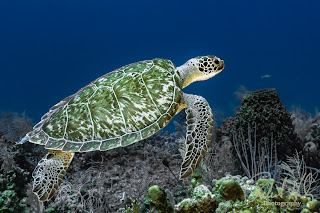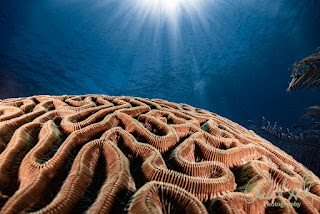Some Basic Steps to Use for Processing Underwater Photos Using Lightroom from Robert Herb Photography
Underwater photo processing can be a daunting task, but it doesn't have to be. With a few simple tips and tricks, you can easily edit your underwater photos in Lightroom to bring out the best in them.
Here are a few things to keep in mind when editing underwater photos:
- Adjust the exposure. Underwater photos are often underexposed, so it's important to adjust the exposure to make them brighter. You can do this by increasing the exposure slider in the Develop panel.
- Remove backscatter. Backscatter is the tiny particles of plankton and other debris that can be seen in underwater photos. It can be a nuisance, but it's easy to remove. Simply use the Spot Removal tool to select the backscatter and then click the Delete button.
- Adjust the white balance. The white balance of underwater photos can be affected by the color of the water. To adjust the white balance, use the White Balance tool to select a neutral reference point. You can do this by clicking on a piece of white coral or sand.
- Increase the contrast. Underwater photos can often look flat, so it's important to increase the contrast to make them more dramatic. You can do this by increasing the Contrast slider in the Develop panel.
- Sharpen the image. Underwater photos can often look soft, so it's important to sharpen the image to make them crisper. You can do this by increasing the Sharpening slider in the Develop panel.
Following these tips will help you edit your underwater photos in Lightroom to bring out the best in them. With a little practice, you'll be able to create beautiful underwater photos that will amaze your friends and family.
Here are some additional tips for editing underwater photos:
- Use a polarizing filter. A polarizing filter can help to reduce glare and improve the contrast in your underwater photos.
- Shoot raw files. Raw files give you more flexibility when editing your photos. You can adjust the white balance, exposure, and other settings to get the perfect look for your photos.
- Shoot in burst mode. Shooting in burst mode will help you to capture more action in your underwater photos.
- Use a flash. A flash can help to illuminate your subject and improve the overall quality of your underwater photos.
- Practice makes perfect. The more you practice, the better you will become at editing underwater photos.
Visit my website (Robert Herb Photography) to see examples of my work.
Bob
| ||||||||||||||||||||




Comments
Post a Comment
Please let me know your comments.